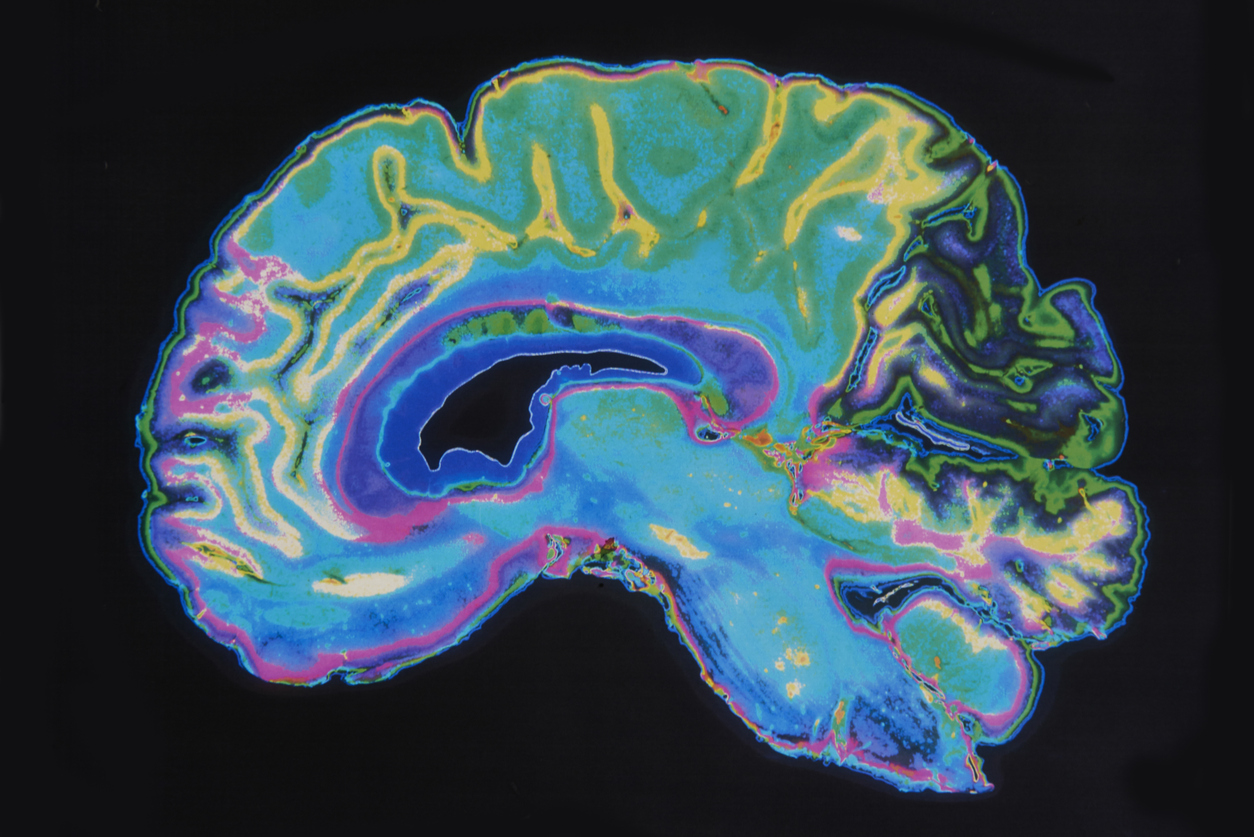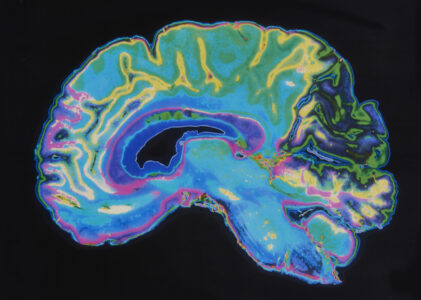Alzheimer’s disease and dementia are among the most prevalent neurodegenerative disorders worldwide, affecting millions of individuals and their families. According to Alzheimer’s Association Facts and Figures:
- More than 6 million Americans currently live with Alzheimer’s disease.
- Alzheimer’s is the most common cause of dementia, accounting for 60% to 80% of all cases.
- Most individuals with dementia also exhibit brain changes from other causes, a condition known as mixed pathologies or, when identified during life, mixed dementia.
These staggering figures underscore the importance of early and accurate diagnosis to improve patient outcomes, manage symptoms, and slow disease progression. Timely diagnosis not only benefits patients but also empowers caregivers and healthcare providers to plan for long-term care and interventions.
Magnetic Resonance Imaging (MRI) has become a pivotal tool in the diagnostic and monitoring processes for Alzheimer’s and dementia. By providing detailed images of brain structure and function, MRI plays a critical role in identifying early signs of these conditions, distinguishing between types of dementia, and tracking disease progression over time.
Understanding Alzheimer’s Disease and Dementia
Alzheimer’s Disease
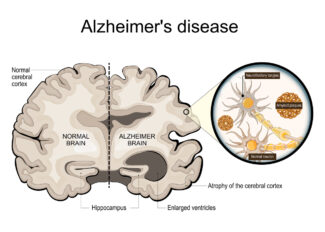
Alzheimer’s disease is the most common form of dementia, accounting for approximately 60% to 80% of all dementia cases. It is a progressive neurological condition that affects memory, cognitive functions, and behavior. Over time, it can severely impair an individual’s ability to carry out daily activities.
Alzheimer’s disease is primarily characterized by:
- Amyloid-beta plaques: Clusters of protein fragments that accumulate between nerve cells, disrupting communication.
- Tau tangles: Twisted strands of protein that build up inside brain cells, interfering with nutrient transport and contributing to cell death.
- Brain atrophy: Shrinkage of brain tissue due to widespread neuronal damage.
Stages of Alzheimer’s
Alzheimer’s progresses in stages, each marked by worsening symptoms. According to the Alzheimer’s Association:
- Preclinical Stage: No noticeable symptoms, but changes in the brain may be occurring.
- Mild Cognitive Impairment (MCI): Noticeable memory and thinking issues, but daily life is not significantly disrupted. Learn more about MCI here.
- Mild Alzheimer’s: Memory lapses, difficulty with names, and changes in planning or organizing.
- Moderate Alzheimer’s: Increased confusion, difficulty recognizing loved ones, and changes in sleep patterns.
- Severe Alzheimer’s: Loss of the ability to communicate, requiring full-time care.
Recognizing Symptoms of Alzheimer’s
Early symptoms of Alzheimer’s often include:
- Memory loss that disrupts daily life.
- Difficulty planning or solving problems.
- Confusion with time or place.
- Challenges in completing familiar tasks.
- Mood or personality changes.
Learn more about the 10 Early Signs of Alzheimer’s to recognize symptoms early and seek timely medical care.
Dementia
Dementia is an umbrella term used to describe a range of cognitive impairments that interfere with daily functioning. It affects memory, reasoning, communication, and other cognitive skills.
Types of Dementia
Alzheimer’s disease is the most common form of dementia, but other types include:
- Vascular dementia: Often caused by reduced blood flow to the brain due to stroke or other vascular conditions.
- Lewy body dementia: Characterized by abnormal protein deposits in the brain.
- Frontotemporal dementia: Involves degeneration of the frontal and temporal lobes of the brain.
Each type of dementia presents unique symptoms and challenges, making a precise diagnosis essential for effective treatment.
The Role of Mixed Dementia
Many individuals with dementia exhibit mixed pathologies, meaning they have a combination of Alzheimer’s disease and other causes of dementia. This overlap underscores the complexity of diagnosing and treating dementia.
Why Early Detection Matters
Identifying Alzheimer’s disease or other dementias early can improve outcomes by enabling timely treatment, care planning, and access to support resources. Memory loss, behavioral changes, and cognitive impairments should prompt consultation with a healthcare provider.
For more information on dementia and its various forms, visit the Dementia Society of America or the Alzheimer’s Association.
The Role of MRI in Diagnosis
Structural Imaging
MRI is an invaluable tool for providing highly detailed images of brain anatomy, allowing for the detection of structural changes associated with Alzheimer’s disease and dementia.
- Assessing Atrophy Patterns: Specific regions of the brain, such as the hippocampus, are evaluated for shrinkage. Hippocampal atrophy is one of the earliest indicators of Alzheimer’s disease, helping differentiate it from normal age-related changes.
- Comprehensive Brain Imaging: MRI helps identify areas of brain atrophy, ventricular enlargement, and cortical thinning, which are commonly associated with neurodegenerative diseases.
Differentiation of Dementia Types
MRI is particularly useful in distinguishing between Alzheimer’s disease and other forms of dementia by identifying unique structural changes.
- Alzheimer’s vs. Other Dementias: For example, vascular dementia may show evidence of strokes or white matter lesions, while frontotemporal dementia may exhibit atrophy in specific lobes of the brain.
- Collaborative Diagnosis: While MRI findings provide critical information, they are combined with clinical evaluations, cognitive testing, and patient history to ensure diagnostic accuracy.
MRI in Monitoring Disease Progression
Tracking Changes Over Time
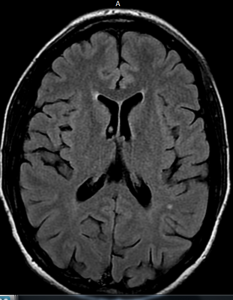 Serial MRI scans are used to monitor changes in the brain over time, offering insights into how the disease progresses.
Serial MRI scans are used to monitor changes in the brain over time, offering insights into how the disease progresses.
- MRI can reveal ongoing atrophy or structural changes, helping healthcare providers adjust treatment plans.
- For patients undergoing Alzheimer’s-specific treatments, MRI is essential in monitoring potential side effects such as amyloid-related imaging abnormalities (ARIA).
Evaluating Treatment Efficacy
MRI also plays a role in assessing the effectiveness of therapeutic interventions:
- Stabilization or Slowing Atrophy: Providers can evaluate whether treatments are stabilizing brain structure or slowing the rate of atrophy.
- Clinical Trials: MRI serves as a biomarker in research trials for new Alzheimer’s therapies, providing valuable data on treatment responses.
Advanced MRI Techniques
Functional MRI (fMRI)
Functional MRI measures changes in blood flow to assess brain activity.
- Understanding Brain Networks: fMRI helps researchers and clinicians identify disruptions in neural networks, providing insights into how Alzheimer’s disease affects memory and cognitive functions.
- Emerging Applications: fMRI may help uncover patterns that precede symptoms, offering the potential for even earlier diagnosis.
Diffusion Tensor Imaging (DTI)
DTI maps white matter tracts in the brain, revealing subtle changes in microstructure.
- Detecting Early Alterations: DTI can identify early damage to white matter pathways, which may occur before more visible brain atrophy.
- Utility in Dementia Subtypes: This technique can help distinguish between Alzheimer’s disease and other forms of dementia by highlighting specific changes in brain connectivity.
Limitations and Considerations
Diagnostic Limitations
While MRI provides detailed anatomical and functional information, it cannot solely confirm Alzheimer’s disease. Comprehensive assessments, including clinical evaluations, are essential for accurate diagnosis.
Accessibility and Cost
MRI technology may not be available in all locations, and the cost of scans can pose a barrier for some patients. Expanding access to advanced imaging is an important goal for improving care.
Patient Factors
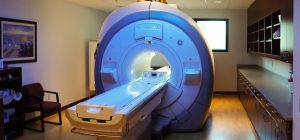
Certain patients may face challenges with MRI, including:
- Discomfort or Claustrophobia: Open MRI systems or sedation may be required for those who feel anxious in enclosed spaces.
- Contraindications: Patients with metal implants, pacemakers, or other medical devices may not be eligible for an MRI.
MRI is a critical tool in the diagnosis and monitoring of Alzheimer’s disease and dementia, providing unparalleled insights into brain structure and function. By identifying early signs, tracking disease progression, and evaluating treatment responses, MRI helps improve patient outcomes and advance research in neurodegenerative conditions.
As technology continues to evolve, MRI’s diagnostic capabilities will expand, enhancing its role in managing these complex diseases. A multidisciplinary approach, combining MRI with clinical evaluations and patient care, is essential for optimal results.
For more information on how MRI is utilized in diagnosing and monitoring Alzheimer’s and dementia, visit our dedicated page: MRI for Alzheimer’s and Dementia at GWIC, can contact us for all your MR imaging needs.

